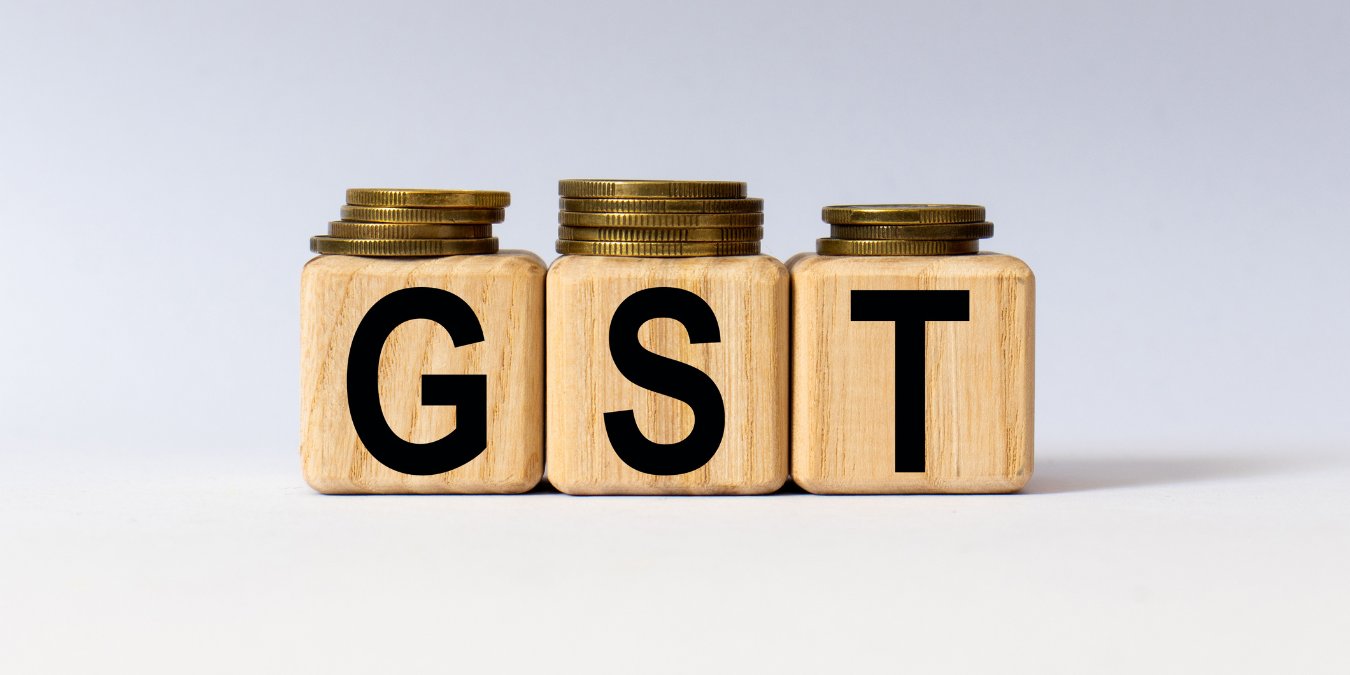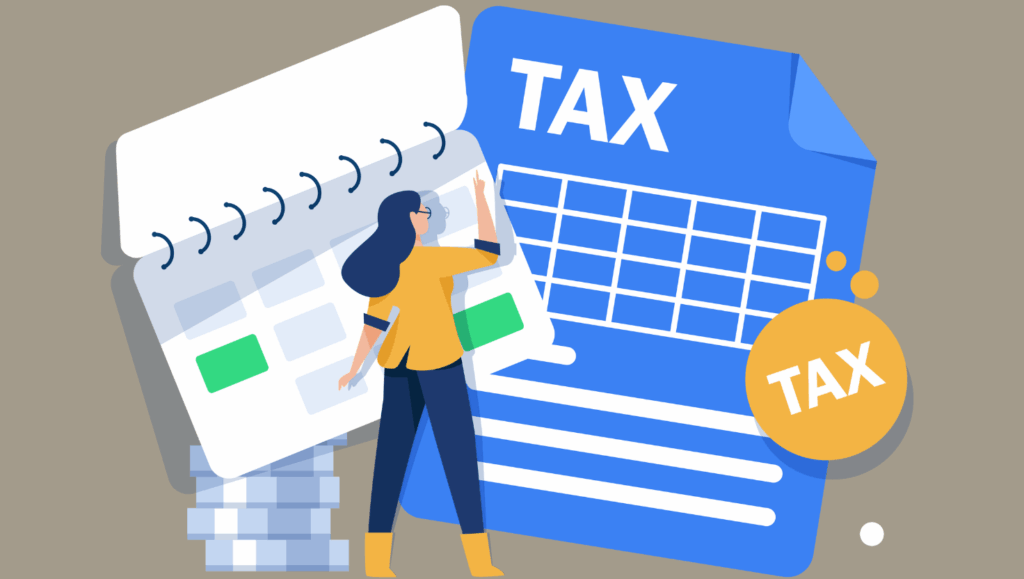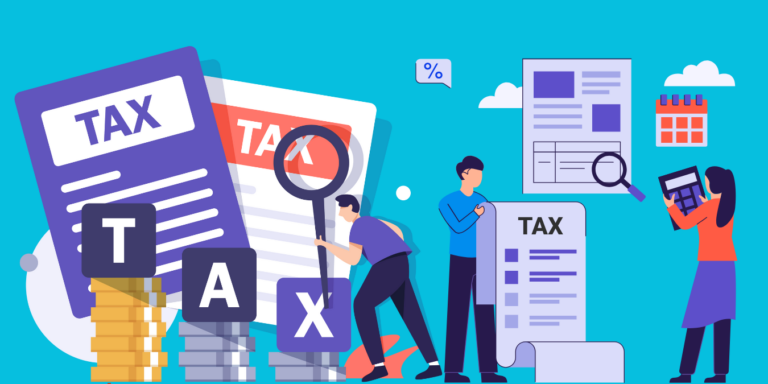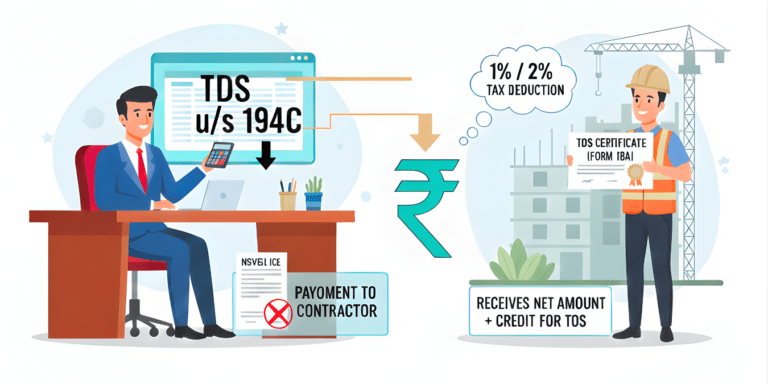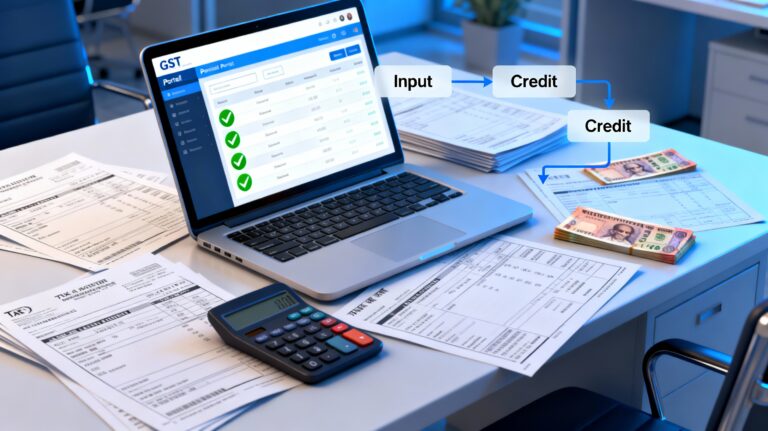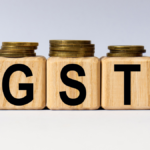
” Explore how Budget 2025’s new income tax slabs can save you money. Compare old vs. new regimes, calculate tax savings, and get expert tips to maximize deductions. Simplify your tax planning and make informed financial decisions with our comprehensive guide to the latest tax reforms. “
The Union Budget is one of the most anticipated financial events in India, and Budget 2025 is no exception. With the government’s focus on economic growth, inflation control, and taxpayer relief, the new income tax slabs have become a hot topic of discussion. Whether you’re a salaried individual, a business owner, or a freelancer, understanding the changes in the income tax structure is crucial for effective financial planning. In this blog, we’ll break down the new income tax slabs under Budget 2025, analyze how much you can save, and provide actionable tips to maximize your tax savings.
The Union Budget 2025, presented by Finance Minister Nirmala Sitharaman, has brought about several changes in the income tax structure. The new tax regime, which is now the default, offers revised tax slabs and increased rebates, making it crucial for taxpayers to understand how these changes will impact their finances.
New Income Tax Slabs for FY 2025-26
The new income tax slabs for the financial year 2025-26 (assessment year 2026-27) are as follows:
- Up to ₹4,00,000: Nil
- ₹4,00,001 – ₹8,00,000: 5%
- ₹8,00,001 – ₹12,00,000: 10%
- ₹12,00,001 – ₹16,00,000: 15%
- ₹16,00,001 – ₹20,00,000: 20%
- ₹20,00,001 – ₹24,00,000: 25%
- Above ₹24,00,000: 30%
Additionally, the basic exemption limit has been raised to ₹4,00,000 from ₹3,00,000, and the tax rebate under Section 87A has been increased to ₹60,000 from ₹25,000.
Key Highlights of Budget 2025 Income Tax Slabs
The Indian government has introduced significant changes to the income tax slabs in Budget 2025, aiming to simplify the tax regime and provide relief to middle-income earners. Here’s a quick overview of the new tax structure:
1. New Tax Regime (Default Regime)
The new tax regime, introduced in Budget 2020, has now become the default option for taxpayers. Budget 2025 has further revised the slabs to make them more taxpayer-friendly. Here are the updated income tax slabs under the new regime:
| Income Slab (₹) | Tax Rate |
| Up to ₹3 lakh | 0% |
| ₹3 lakh – ₹6 lakh | 5% |
| ₹6 lakh – ₹9 lakh | 10% |
| ₹9 lakh – ₹12 lakh | 15% |
| ₹12 lakh – ₹15 lakh | 20% |
| Above ₹15 lakh | 30% |
2. Old Tax Regime (Optional)
Taxpayers still have the option to choose the old tax regime, which allows for various deductions and exemptions under sections like 80C, 80D, and HRA. The slabs under the old regime remain unchanged:
| Income Slab (₹) | Tax Rate |
| Up to ₹2.5 lakh | 0% |
| ₹2.5 lakh – ₹5 lakh | 5% |
| ₹5 lakh – ₹10 lakh | 20% |
| Above ₹10 lakh | 30% |
3. Increased Standard Deduction
Budget 2025 has increased the standard deduction from ₹50,000 to ₹75,000 for salaried individuals and pensioners under the new tax regime. This move is expected to provide additional relief to middle-class taxpayers.
4. Surcharge Adjustments
The surcharge on income tax for high-net-worth individuals (HNIs) earning above ₹5 crore has been reduced from 37% to 25%. This change aims to encourage investment and spending among India’s wealthy.
Sure, I can help you with that! Here’s a detailed, SEO-friendly blog post on “Budget 2025: How Much Will You Save Under The New Income Tax Slabs?”
How Much Will You Save?
To understand the savings under the new tax regime, let’s consider different income scenarios and calculate the tax liability.
Example 1: Income up to ₹12,00,000
For an individual with an annual income of ₹12,00,000, the tax calculation under the new regime would be:
- Income up to ₹4,00,000: Nil
- Income from ₹4,00,001 to ₹8,00,000: 5% of ₹4,00,000 = ₹20,000
- Income from ₹8,00,001 to ₹12,00,000: 10% of ₹4,00,000 = ₹40,000
Total tax before rebate: ₹60,000
Since the tax rebate under Section 87A is ₹60,000, the total tax liability for this individual would be zero.
Example 2: Income up to ₹20,00,000
For an individual with an annual income of ₹20,00,000, the tax calculation under the new regime would be:
- Income up to ₹4,00,000: Nil
- Income from ₹4,00,001 to ₹8,00,000: 5% of ₹4,00,000 = ₹20,000
- Income from ₹8,00,001 to ₹12,00,000: 10% of ₹4,00,000 = ₹40,000
- Income from ₹12,00,001 to ₹16,00,000: 15% of ₹4,00,000 = ₹60,000
- Income from ₹16,00,001 to ₹20,00,000: 20% of ₹4,00,000 = ₹80,000
Total tax before rebate: ₹2,00,000
After applying the rebate of ₹60,000, the total tax liability would be ₹1,40,000.
Example 3: Income above ₹24,00,000
For an individual with an annual income of ₹30,00,000, the tax calculation under the new regime would be:
- Income up to ₹4,00,000: Nil
- Income from ₹4,00,001 to ₹8,00,000: 5% of ₹4,00,000 = ₹20,000
- Income from ₹8,00,001 to ₹12,00,000: 10% of ₹4,00,000 = ₹40,000
- Income from ₹12,00,001 to ₹16,00,000: 15% of ₹4,00,000 = ₹60,000
- Income from ₹16,00,001 to ₹20,00,000: 20% of ₹4,00,000 = ₹80,000
- Income from ₹20,00,001 to ₹24,00,000: 25% of ₹4,00,000 = ₹1,00,000
- Income above ₹24,00,000: 30% of ₹6,00,000 = ₹1,80,000
Total tax before rebate: ₹4,80,000
After applying the rebate of ₹60,000, the total tax liability would be ₹4,20,000.
Maximizing Your Tax Benefits
Here are some tips to help you maximize your tax benefits under the new regime:
- Utilize Deductions: Although the new regime offers limited deductions, make sure to claim those available, such as the standard deduction of ₹75,000 for salaried individuals.
- Invest in Tax-Saving Instruments: Consider investing in tax-saving instruments like Public Provident Fund (PPF), National Pension System (NPS), and Equity-Linked Savings Scheme (ELSS) to reduce your taxable income.
- Plan Your Investments: Proper investment planning can help you make the most of the available deductions and rebates.
- Keep Track of Expenses: Maintain records of your expenses to ensure you can claim all eligible deductions.
Should You Switch to the New Tax Regime?
While the new tax regime offers lower rates, it may not be beneficial for everyone. Here’s how to decide:
Choose the New Regime If:
- You don’t have significant investments or expenses that qualify for deductions.
- Your annual income is below ₹15 lakh.
- You prefer a simpler tax filing process.
Stick to the Old Regime If:
- You have substantial investments in tax-saving instruments like ELSS, PPF, or life insurance.
- You claim deductions for HRA, home loan interest, or medical insurance.
- Your annual income is above ₹15 lakh, and you can maximize deductions to reduce your taxable income.
Budget 2025 has brought significant changes to the income tax slabs, offering relief to middle-income earners and simplifying the tax structure. By understanding the new tax regime and comparing it with the old one, you can make informed decisions to maximize your savings. Whether you choose the new regime for its simplicity or stick to the old one for its deductions, early planning and smart investments are key to reducing your tax burden.
Stay updated with the latest financial news and consult a tax advisor to tailor your tax strategy to your unique financial situation. With the right approach, you can make the most of Budget 2025 and keep more of your hard-earned money in your pocket.
-
GSTR-1’s Hidden Trap: ₹50K Cash Leak Most Businesses Ignore in 2025
Did you know one GSTR-1 glitch silently drains ₹50K+ monthly from your cash flow—without GST notices? Uncover 2025’s
-
Care Health 96% Claims: Save With Care Health—Policy Secrets (Updated December, 2025)
Care Health’s 96% claims secret hides shocking PED denials—why families rage! Unlimited recharges promise ₹5L to ₹30L magic,
-
Hospital Bill Nightmare Abroad? This Senior Travel insurance Plan Saves Lakhs Instant
Seniors pay ₹8/day for $1M coverage up to 99 years—no tests! But 80% claims fail over hidden traps
